On December 16, 1992, eight days after its final encounter with Earth, NASA’s Galileo spacecraft looked back and captured this remarkable view of Earth and the moon.
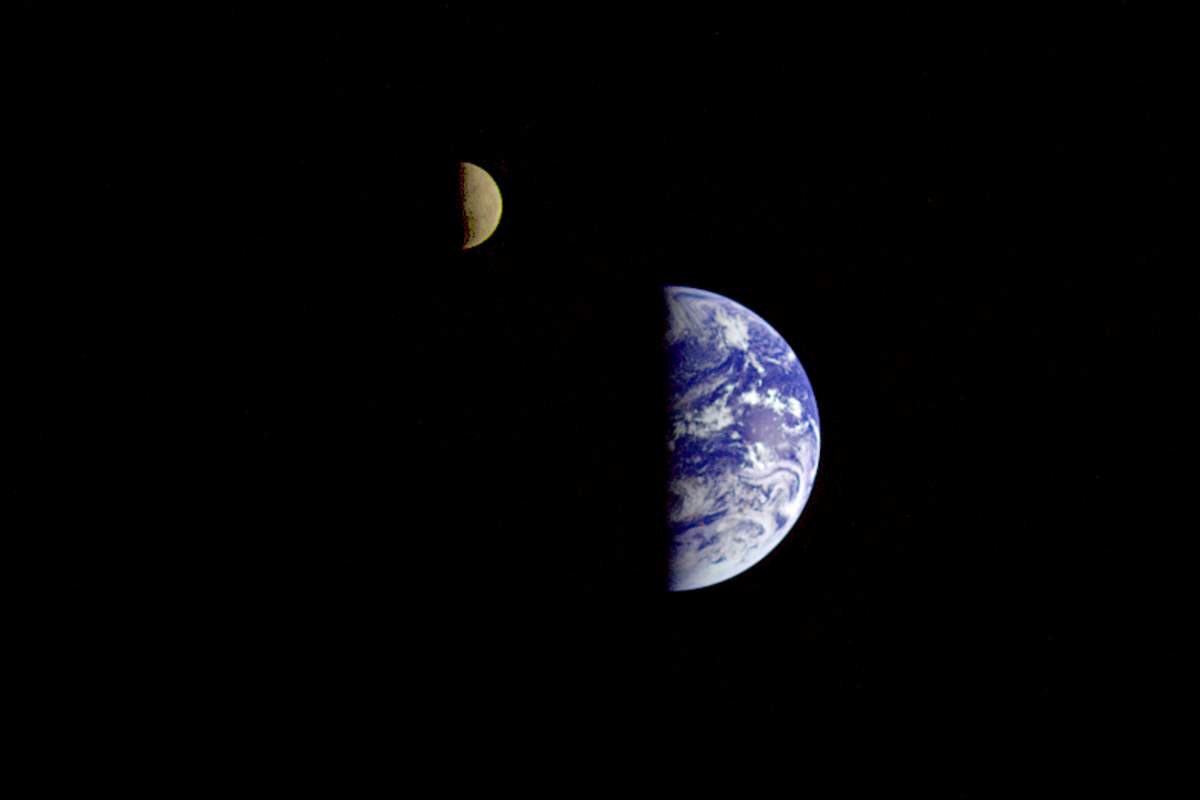

On December 16, 1992, eight days after its final encounter with Earth, NASA’s Galileo spacecraft looked back and captured this remarkable view of Earth and the moon.
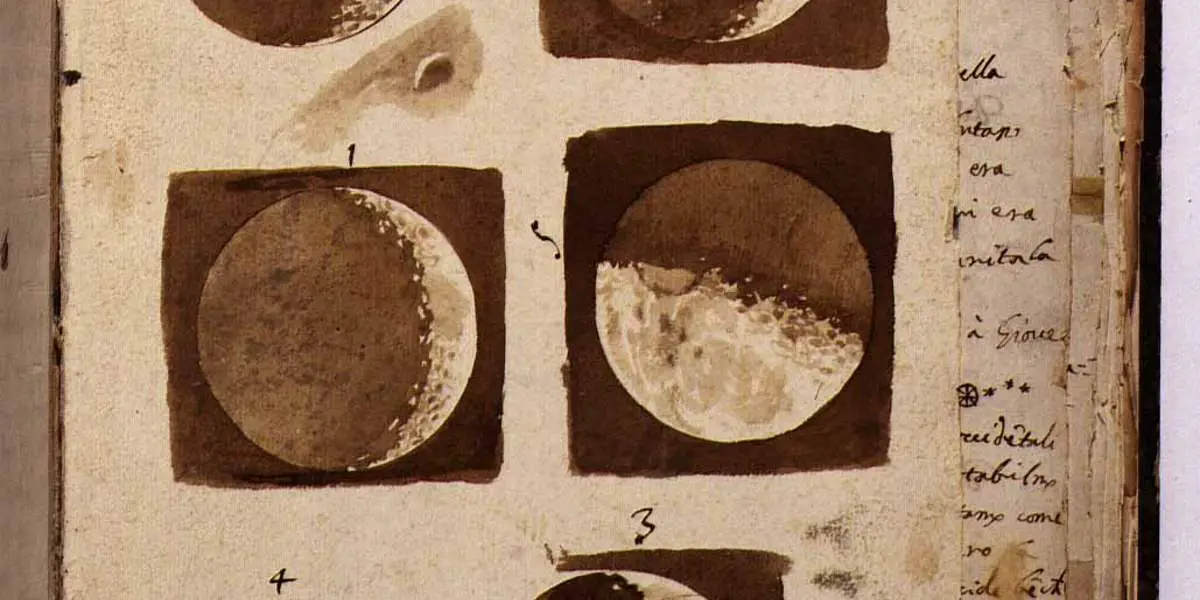
Italian astronomer, physicist, engineer, and polymath Galileo Galilei’s (15 February 1564 – 8 January 1642) moon drawings. These were the first
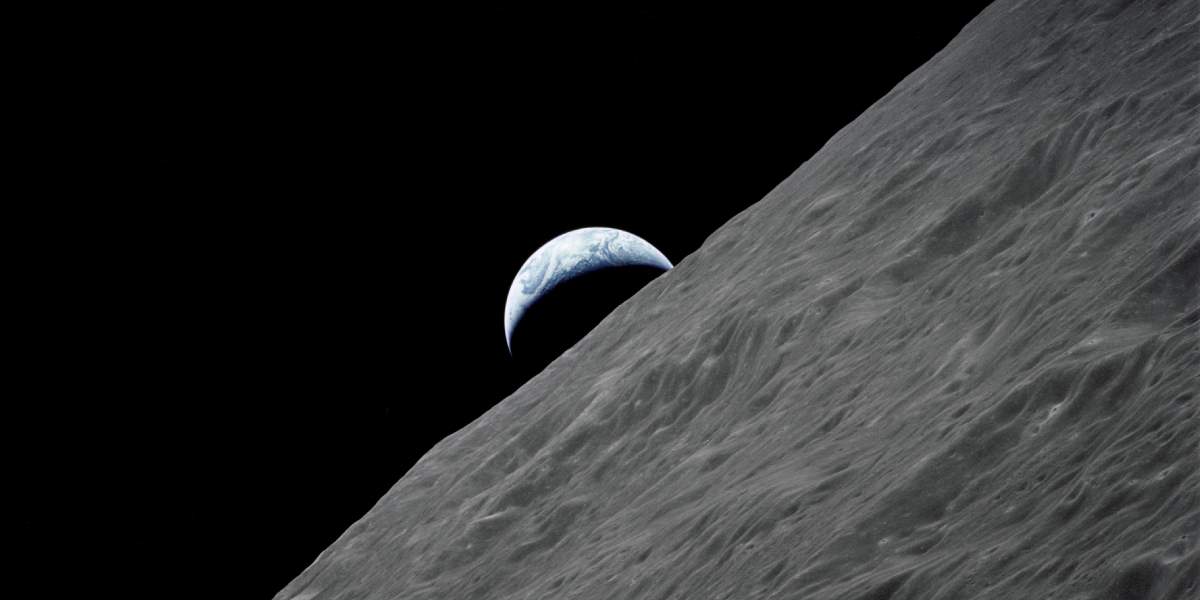
An amazing NASA photo: the crescent Earth rises above the lunar horizon in this spectacular photograph taken from the Apollo 17 spacecraft in lunar orbit during the final lunar landing mission in the Apollo program.
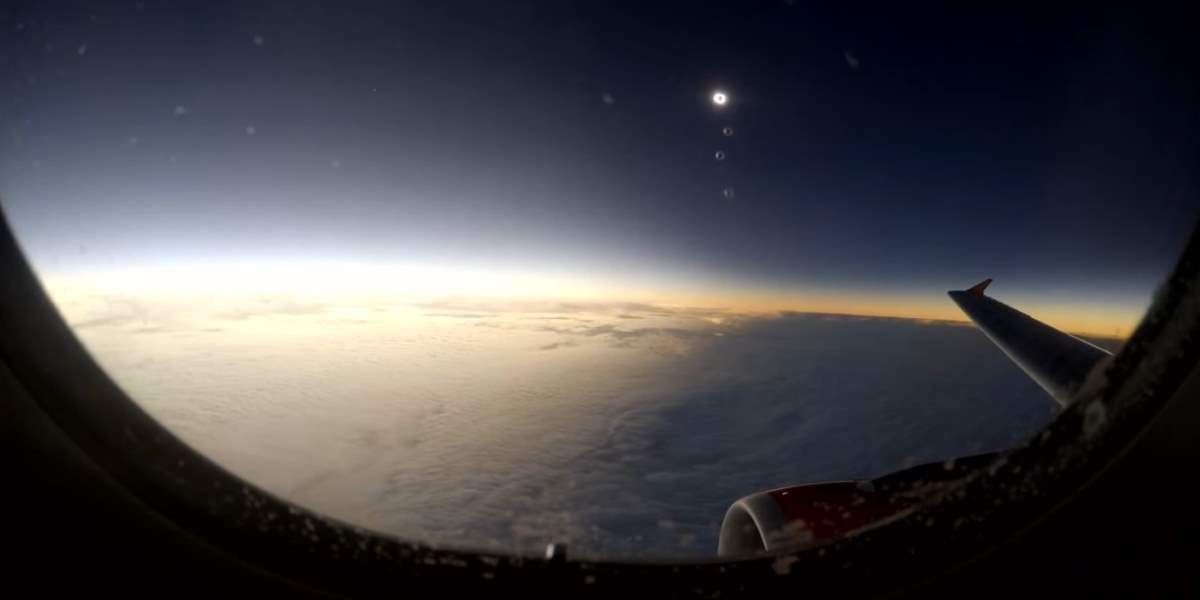
This… is… amazing! Astrophotographer Martin Junius recorded this stunning video of the total solar eclipse on March 20, 2015, during the E-Flight AB 1000. In the video, you can see the shadow of the moon moving across the clouds below. The plane was 35,000 feet (10,600 meters) above the Northern Atlantic / Norwegian Sea when the video was recorded.

The Moon is the Earth’s only natural satellite. It is also the fifth-largest natural satellite in the Solar System and the largest among planetary satellites relative to the size of the planet that it orbits. It formed about 4.51 billion years ago from the debris left over after a giant impact between Earth and a Mars-sized body called Theia (this is known as the Giant Impact Hypothesis and is the most widely accepted explanation of the formation of the Moon). This impact happened not long after the Earth has been formed. But, what if that giant impact never happened? What would the Earth without Moon be like?
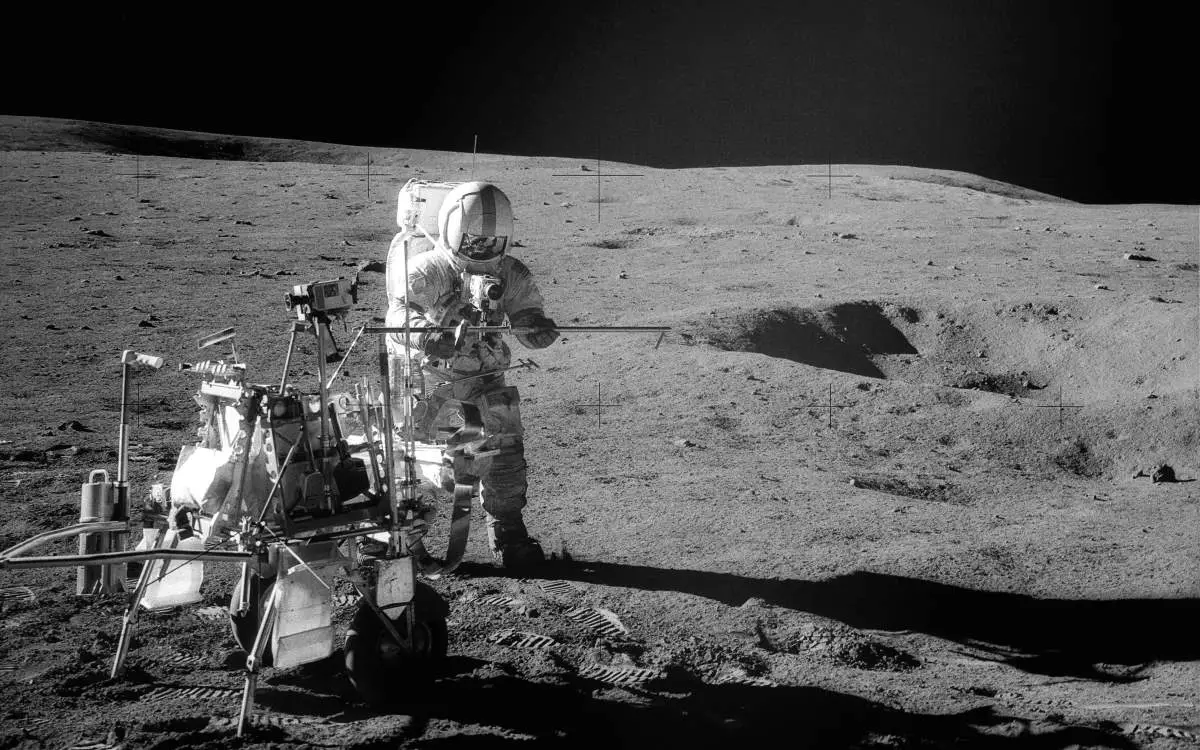
According to research published in the journal Earth and Planetary Science Letters, Earth’s oldest rock (which is 4.1 billion years old) has been found in an Apollo 14 sample from the Moon. If confirmed, it’s an amazing discovery.
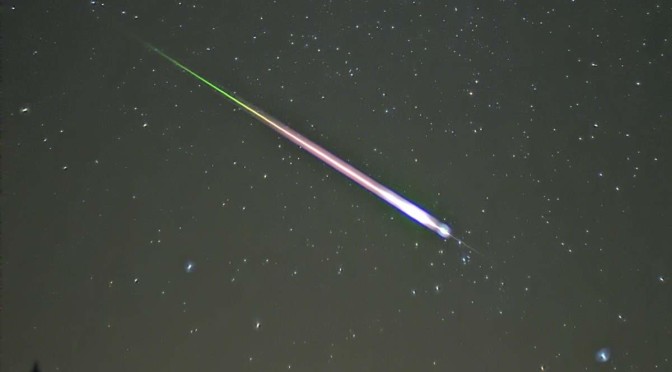
When a meteoroid hits Earth, it’s not because the space rock has “fallen out of” its orbit. It’s because its orbit crosses over Earth’s orbit at the exact right (or wrong) moment.
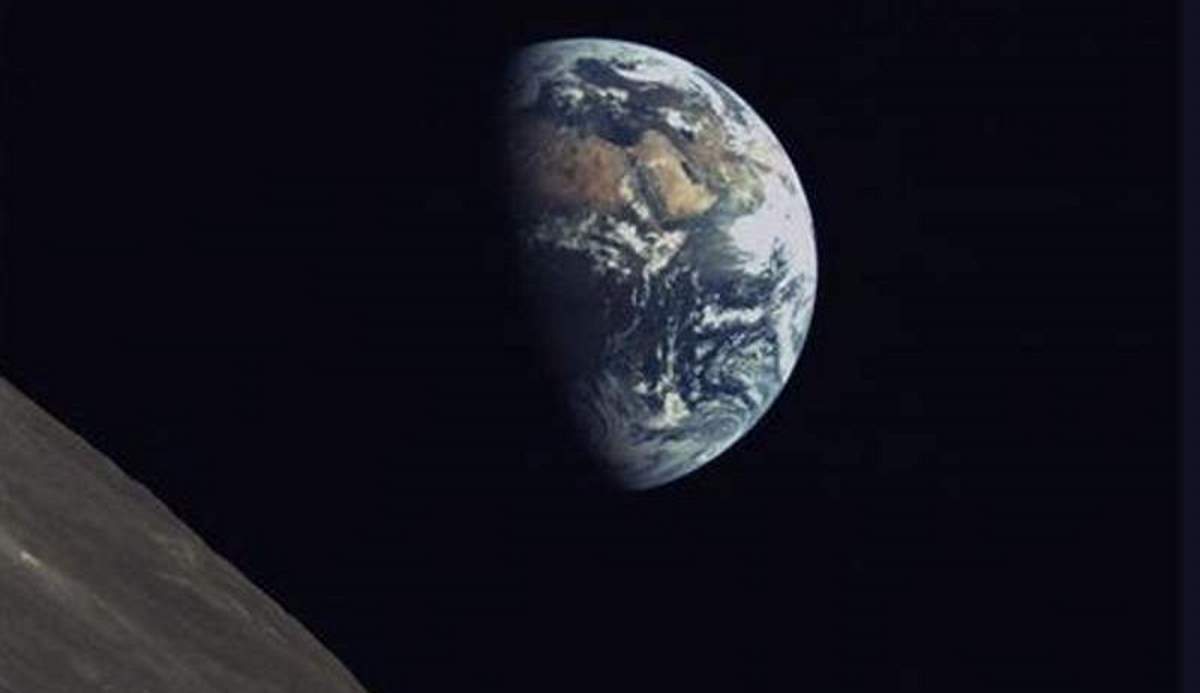
A very inspirational video created by Michael Marantz, titled “Earth: The Pale Blue Dot”, contains readings from Carl Sagan’s “Pale Blue Dot“.
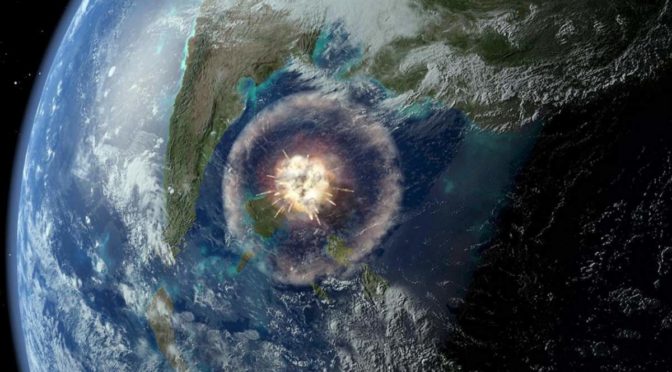
By studying lunar craters, scientists have discovered that asteroid impacts became more frequent about 290 million years ago. So was just a matter of time for dinosaurs to become extinct.
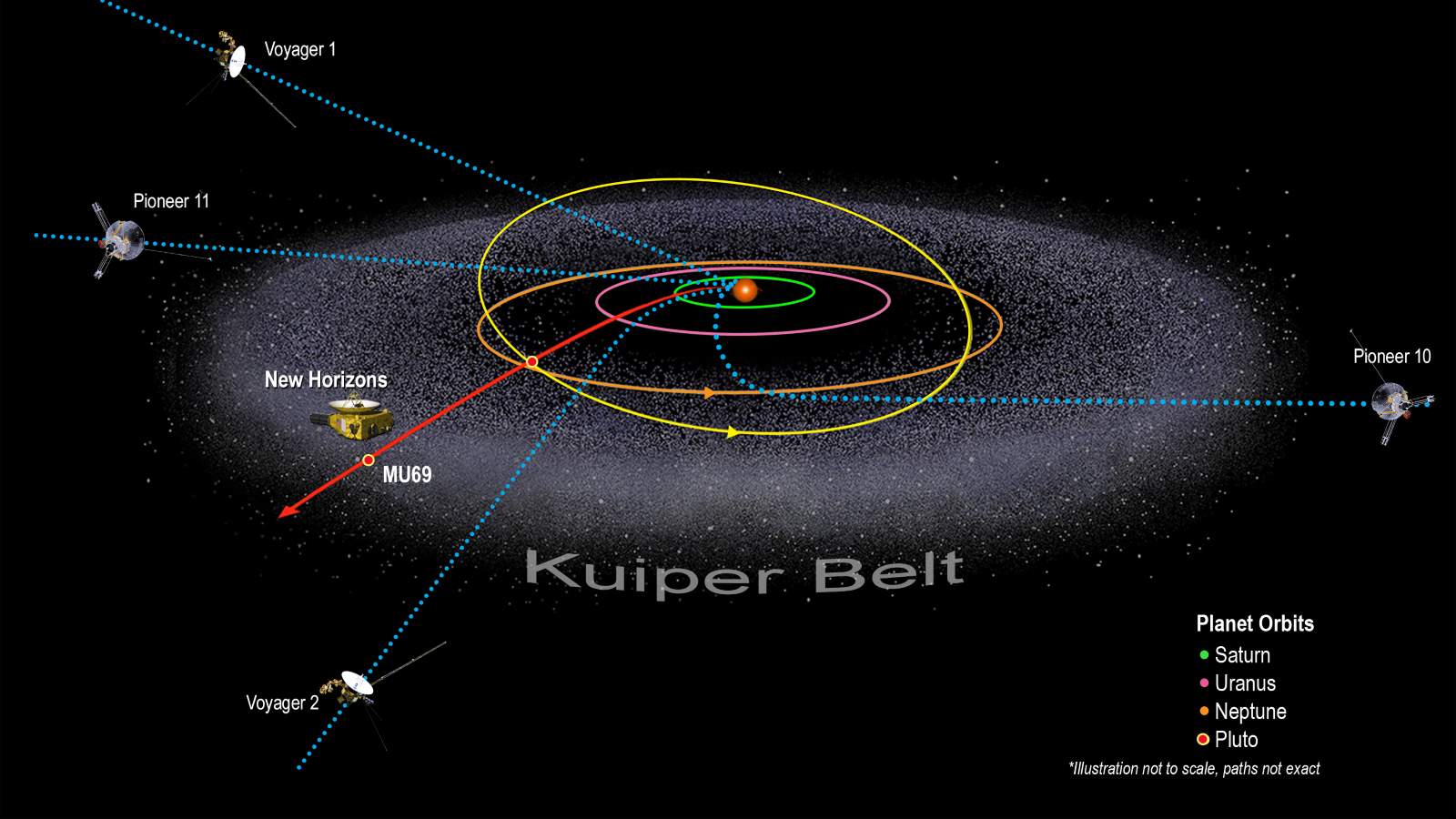
As of 2019, only five space probes are leaving the solar system: Pioneer 10, Pioneer 11, Voyager 1, Voyager 2, and New Horizons. The Voyagers already left the solar system and entered interstellar space (Voyager 1 on August 25, 2012, and Voyager 2 on November 5, 2018. The others also will leave the heliosphere (see notes 1) and reach interstellar space in a few years.
All of these spacecraft were launched by NASA.